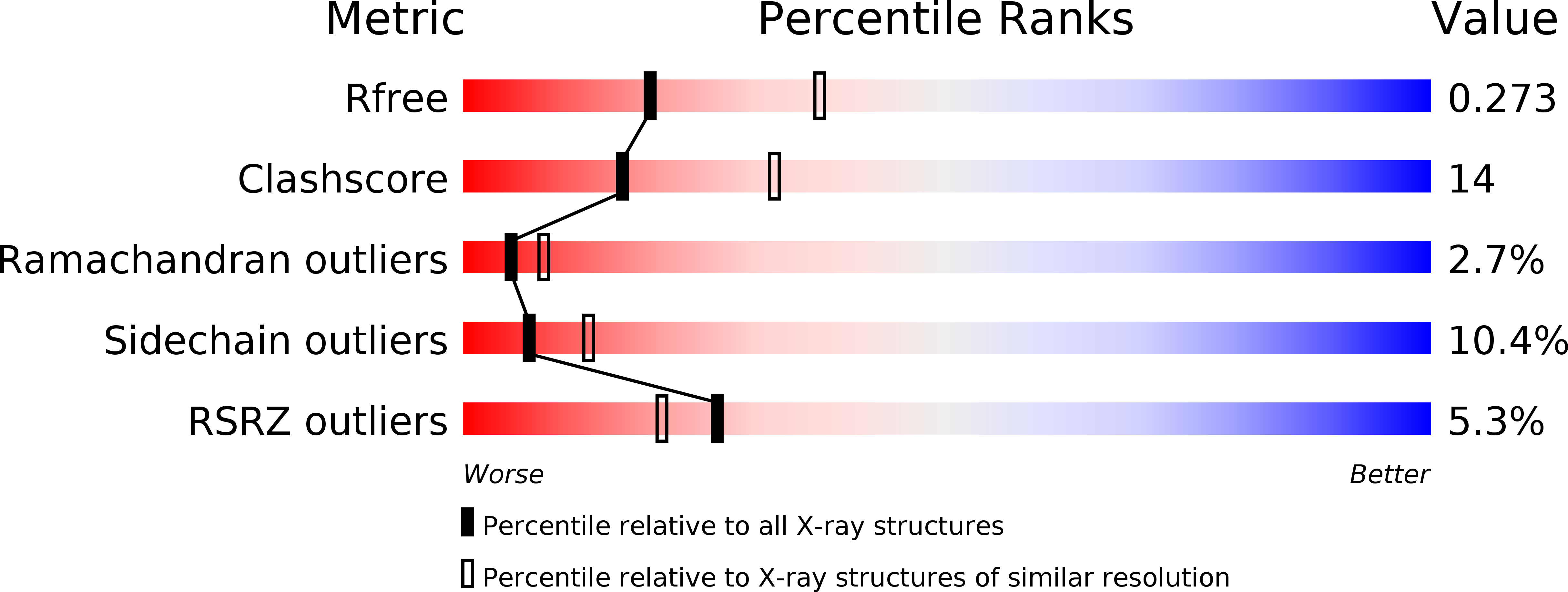
Deposition Date
2014-03-17
Release Date
2015-01-21
Last Version Date
2024-10-09
Entry Detail
PDB ID:
4P5K
Keywords:
Title:
Structural Basis of Chronic Beryllium Disease: Bridging the Gap Between Allergy and Autoimmunity
Biological Source:
Source Organism:
Homo sapiens (Taxon ID: 9606)
Host Organism:
Method Details:
Experimental Method:
Resolution:
2.59 Å
R-Value Free:
0.28
R-Value Work:
0.22
R-Value Observed:
0.22
Space Group:
C 1 2 1


